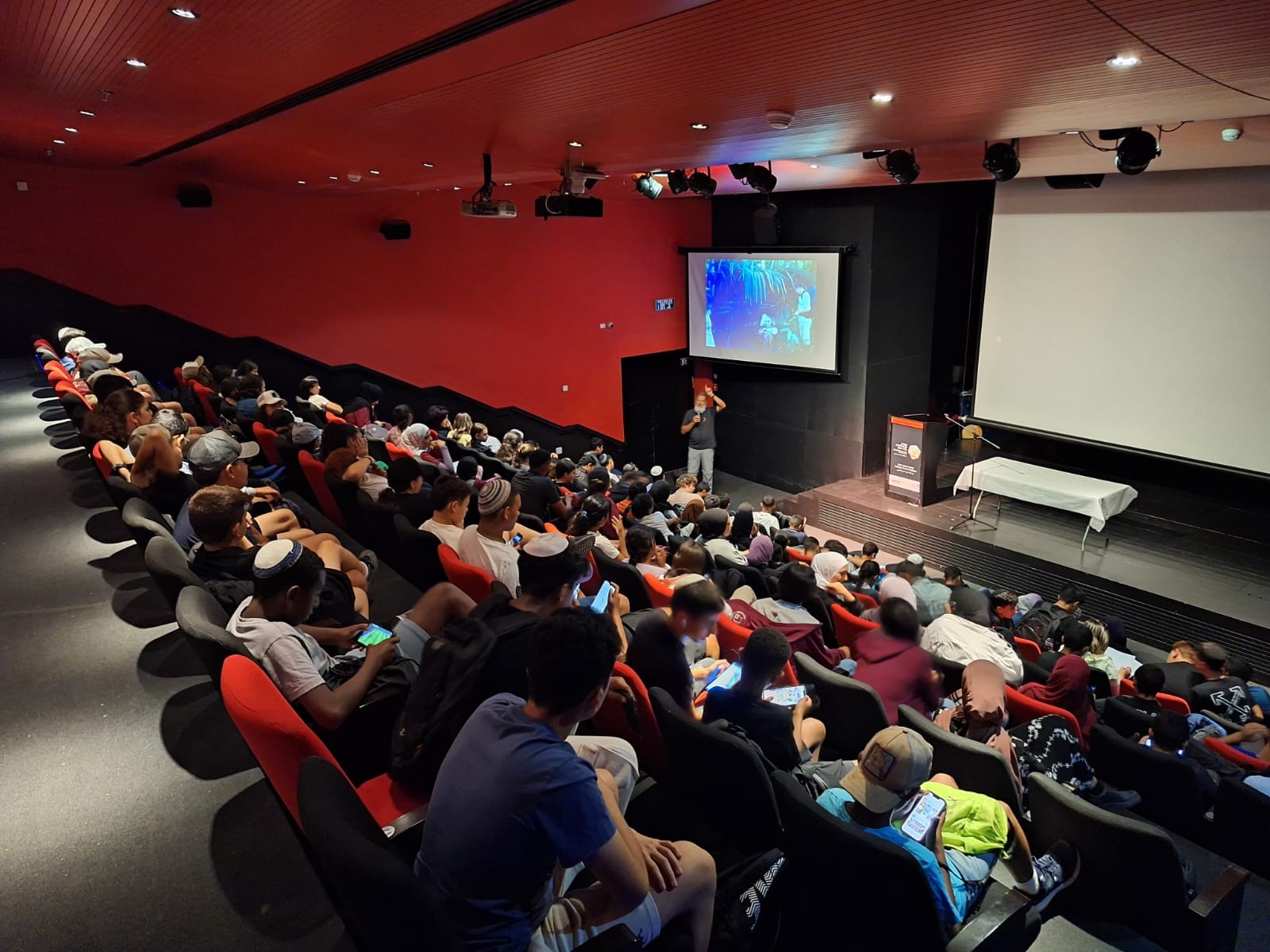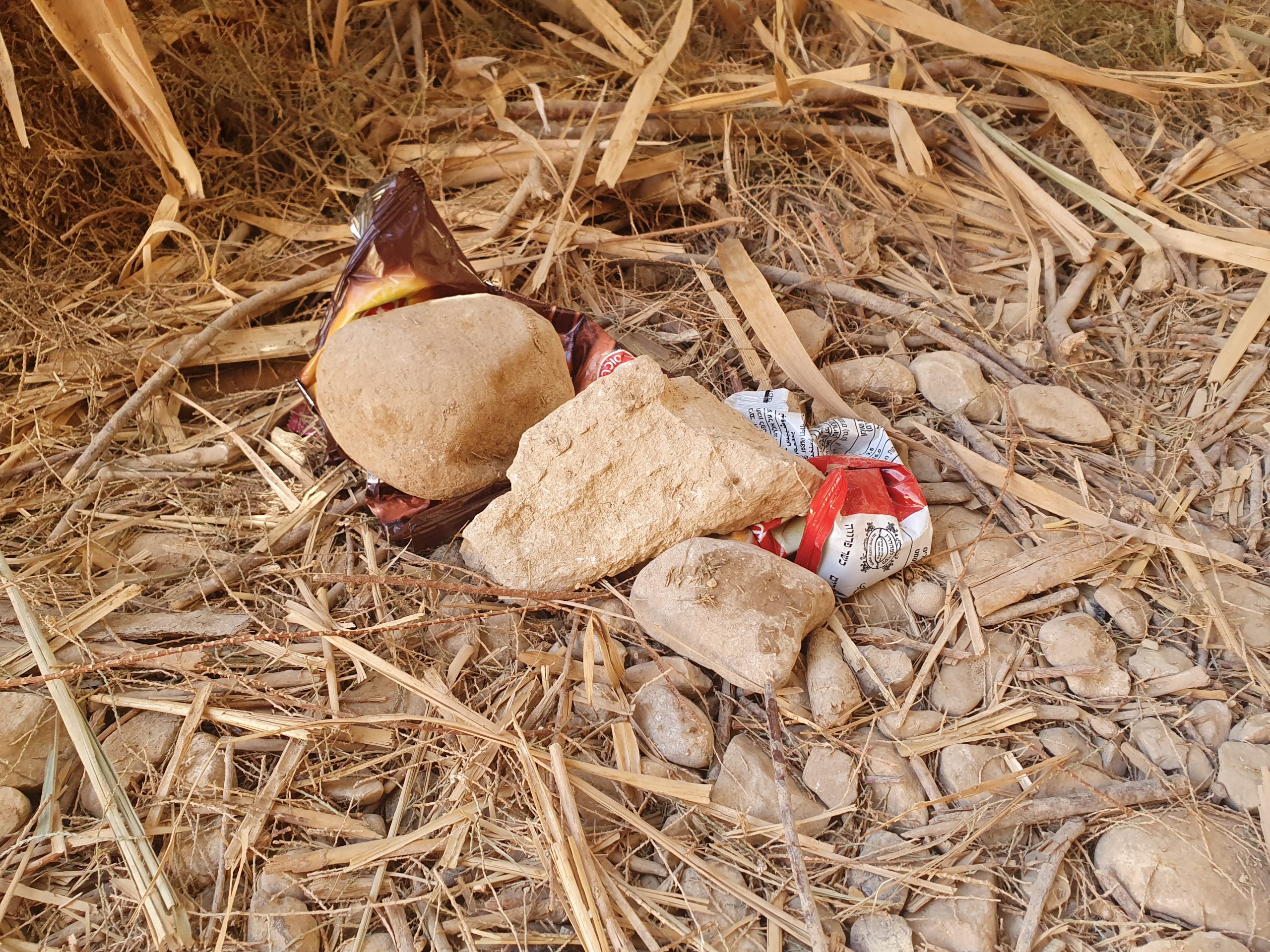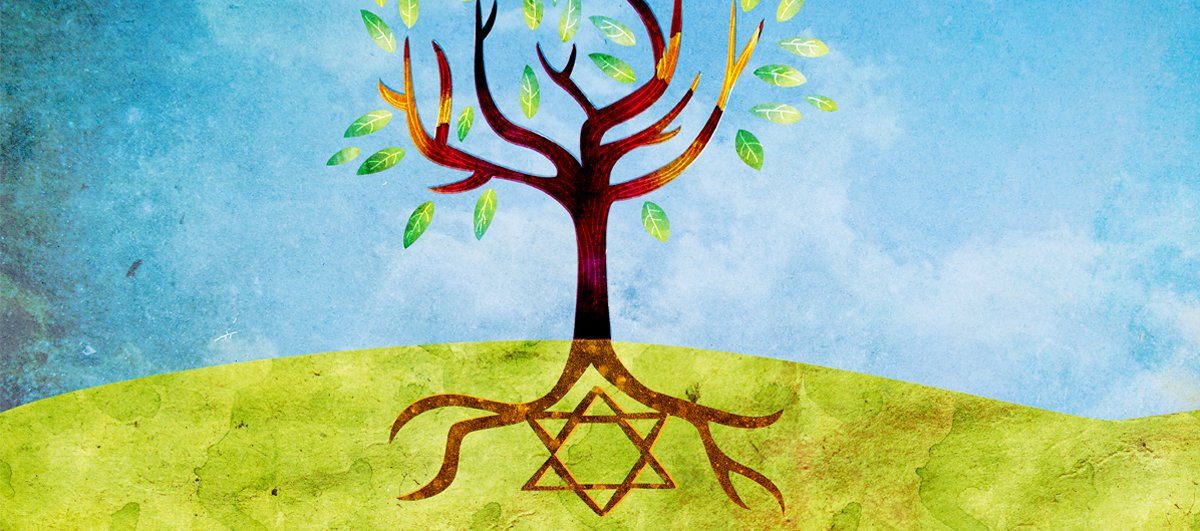The Couple that Changes the Relationship Between Birds and Farmers
December 28, 2020She is an agroecologist from Germany, and he is a bird watcher from Israel. Their new joint study explores the way migratory birds help farmers in the southern Arava administer natural pest control
In 2009, Dr. Jessica Schäckermann arrived in Israel from Germany to study the effects of birds and rodents on agricultural crops as part of her doctoral dissertation in Agroecology. She soon found that birds in Germany do not behave the same as birds in Israel, so she turned to local bird centers to find out why. “I was looking for someone who would teach me to identify birds in Israel both visually but also according to their voice,” says Schäckermann, who is currently researching at the Desert and Dead Sea R&D and Southern Arava R&D. One expert contacted me. It was Noam.”
Noam Weiss grew up in Jerusalem and, according to his statement, has been involved in birding since the age of 10. He is now the director of the Eilat Birding Center. “I received a message from the Lotan Bird Center that there was someone from Germany who wanting to study bird identification in Israel. I replied that she was welcome to call,” Weiss said with a smile. “When she contacted me, I told her that there really is no such course in Israel. However, if she came to volunteer for two weeks at the Eilat Bird Center, she would be able to get to know the birds up close during our ongoing bird monitoring work.”
Jessica arrived for two weeks in the southern Arava and the rest is history: a few months later the two became a couple and continued to work together on joint scientific projects. Recently, they collaborated on a study that combines their two worlds: agroecology and bird watching. The study, which hypothesized that migratory birds act as natural pesticides for agricultural crops, was carried out in their southern Arava residence and will be presented at the annual seminar of Khen Point on 25 November 2020.
Protect the Migration Path
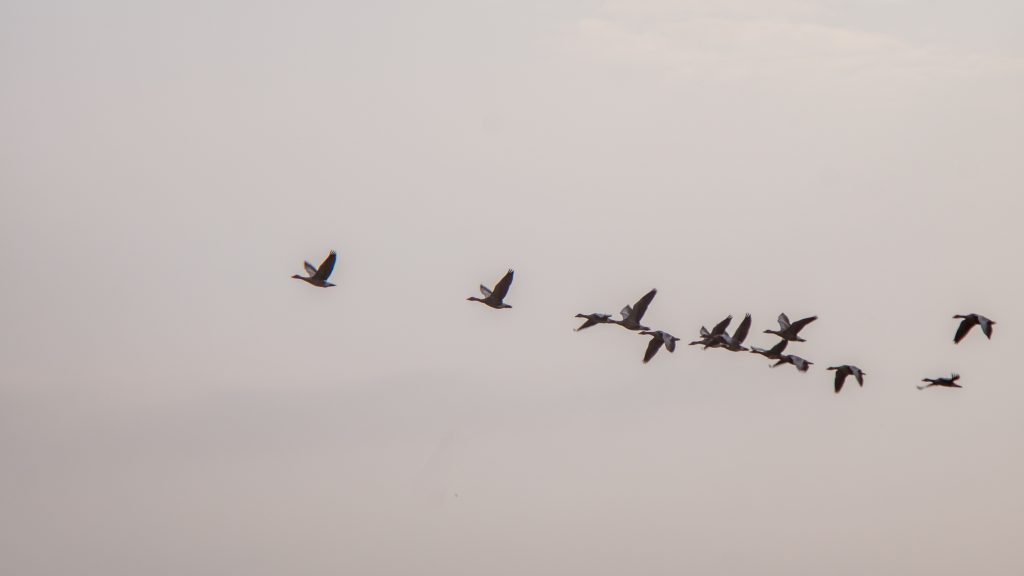
“My motivation in research is to maintain the migratory path of the birds,” Weiss says. “If maintaining them means convincing farmers to attract birds to their fields because they can actually help with biological pest control, the way to do that is through research. So, I needed a research partner to do this work. This time it was really easy for me because I brought Jessica who came from research in the field of biology.”
In the study, the couple examined the ecosystem services that migratory birds provide to fields in the southern Arava in order to increase their presence in the area.
One of the busiest avian migrations in the world passes through Eilat and the southern Arava. In the fall season millions of birds prepare for crossing the southern desert, and the Arava fields provide an opportunity for them to gather food and replenish their energy reserves for many more days and nights of strenuous migration. Because natural habitats are disappearing, the birds instead choose to rest in fertilized areas hosting agricultural crops, which happen to include an abundant food supply—harmful insects.
“I realized that there is a give-and-take relationship between the birds and agricultural crops,” says Schäckermann, “and I thought it was a good idea that instead of fighting the birds, we should find a way to integrate them and encourage their services in agriculture.”
More Insectivorous Birds in the Field
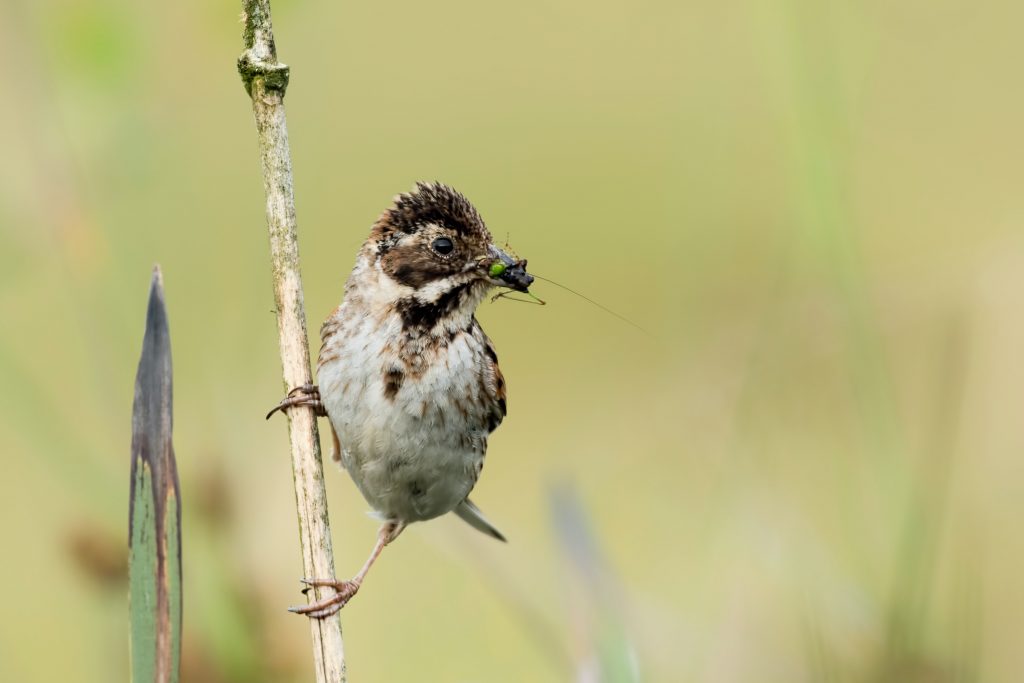
The new study was conducted in onion, pumpkin, and melon fields in Kibbutz Eilot and Grofit. According to Weiss, the results indicate that insectivorous birds were found more concentrated within the fields—about 74 percent compared to the 33-40 percent in the surrounding vicinity. This suggests that the field is a source of attraction for the types of birds observed including papillons, wagtails, bluethroats, warblers and swallows.
Another important finding is that the birds that came to the research fields ate the insects particularly harmful to agriculture. Therefore, they have the potential to help farmers in biological pest control. “We wanted to understand how migrating birds are related to the status of pests and insects in the crop fields,” Weiss says. “We checked the number of pests in the fields, and pretty quickly it became clear that certain species of birds are attracted to them and eat them. For example, we found that the red-throated papillon is the main exterminator of silverleaf whiteflies that eat away at important crops.”
“The goal for my research is for farmers to come up with tools that can be applied in the field. I come from the field of ecosystem services, but today I am already engaged in research on nature management and interaction between open spaces, agricultural areas and sustainable development,” says Schäckermann, who runs the Long-Term Socio-Ecological Research platform (LTSER) in the Arava. This international program aims to generate relevant knowledge for Arava residents towards a sustainable desert community.
According to Weiss, his goal was different. “I wanted to make the fields a much more friendly place for migratory birds,” he says, “sort of like a ‘gas station’ without fertilizers and other chemical deterrents that could harm birds on the one hand. On the other hand, I know that these birds provide ecosystem services and help the farmer by actually eating insects that are harmful to his crops.”
Community-based Nature Conservation
In this study, the couple brought two different perspectives, but all the studies they conducted together have the same goal: nature conservation based on community. “Today I understand that the most effective nature conservation is through contact with people—local community as well as non-local community,” Weiss says. “Therefore, at the Eilat Bird Center, we invest a lot of energy in environmental education, tourism, and many community events, as well as in the ongoing mission of resolving conflicts between humans and birds.”
“The power to change reality lies with the local community,” he adds. “These are the people who know how to best influence decision makers, to act in a way that protects both human needs and the environment. Farmers will have a unique and influential role in facilitating beneficial change within the agricultural once they understand that migratory birds can help them.”
This ZAVIT Article was also published in YNET News on 13 Dec. 2020
